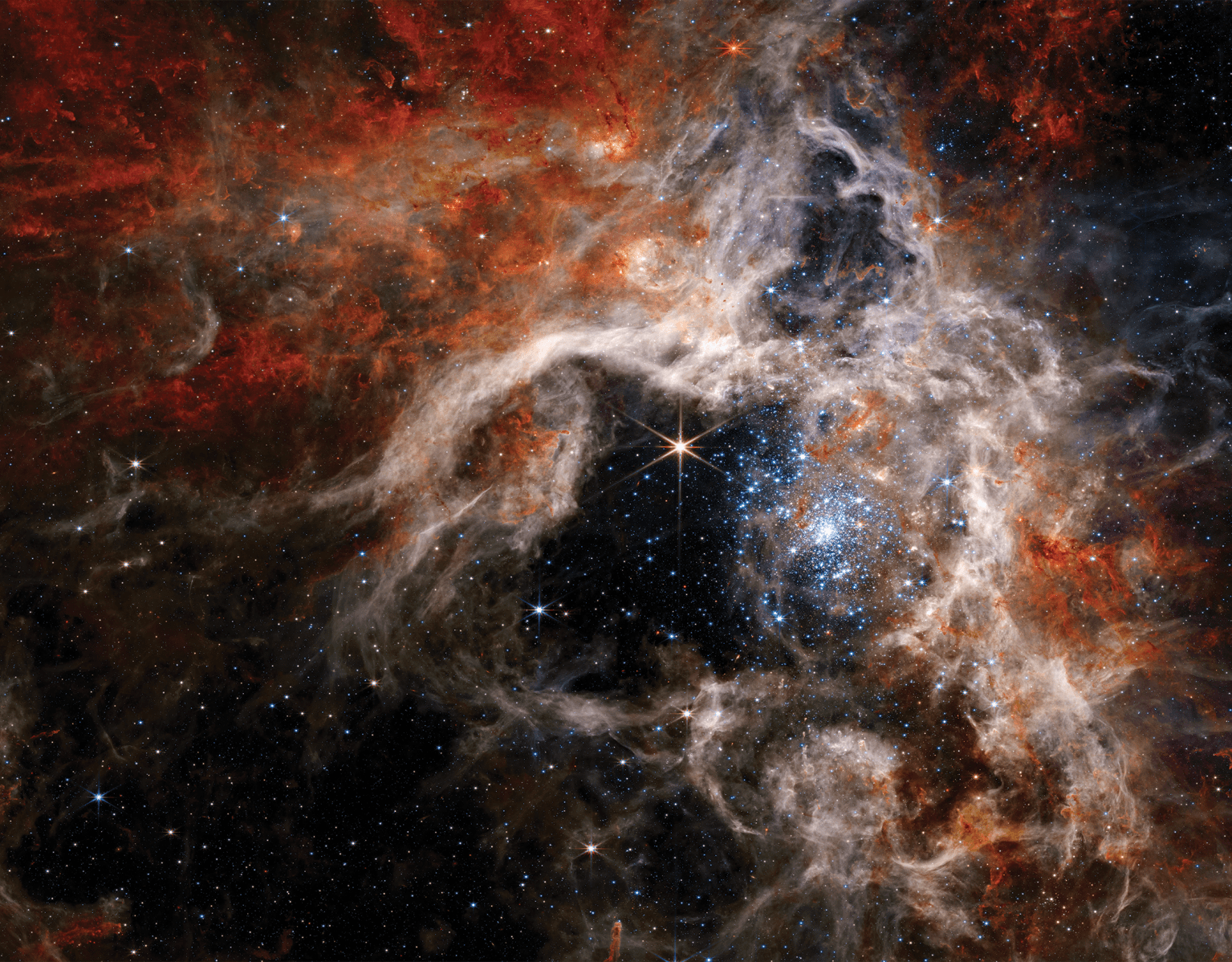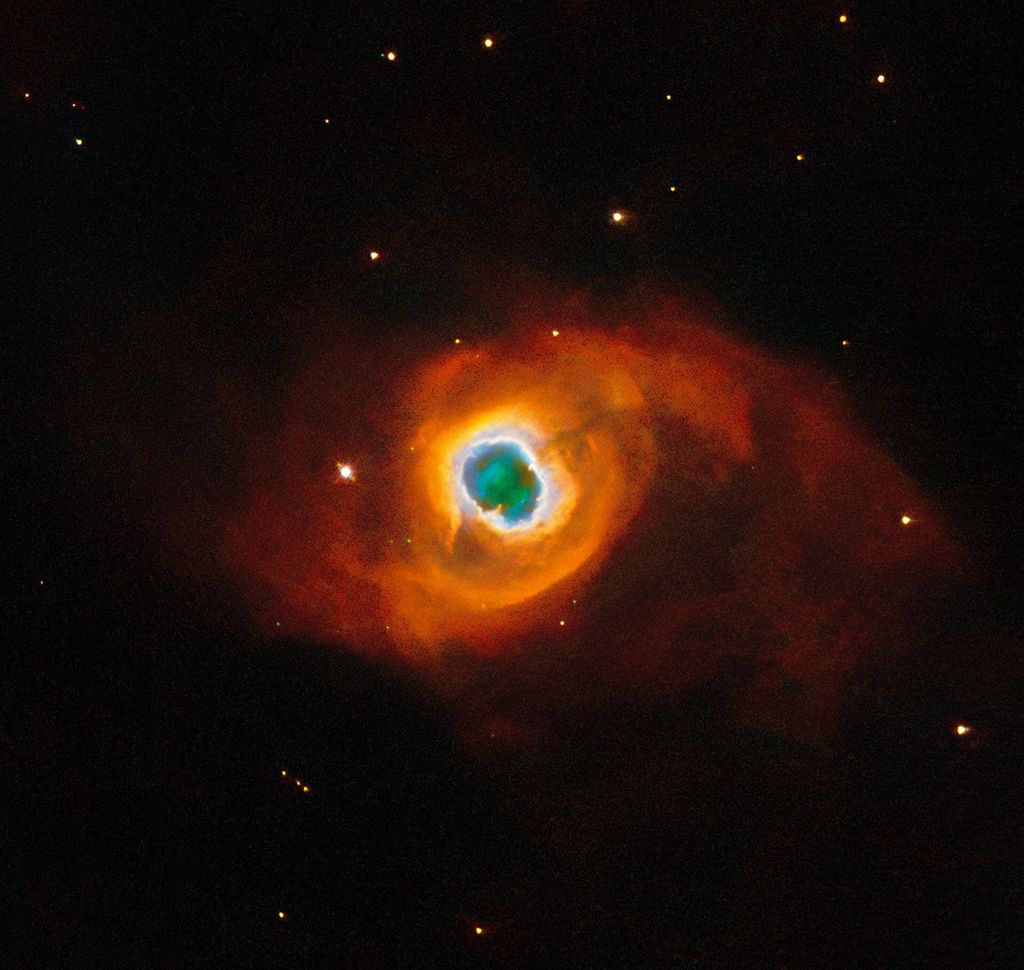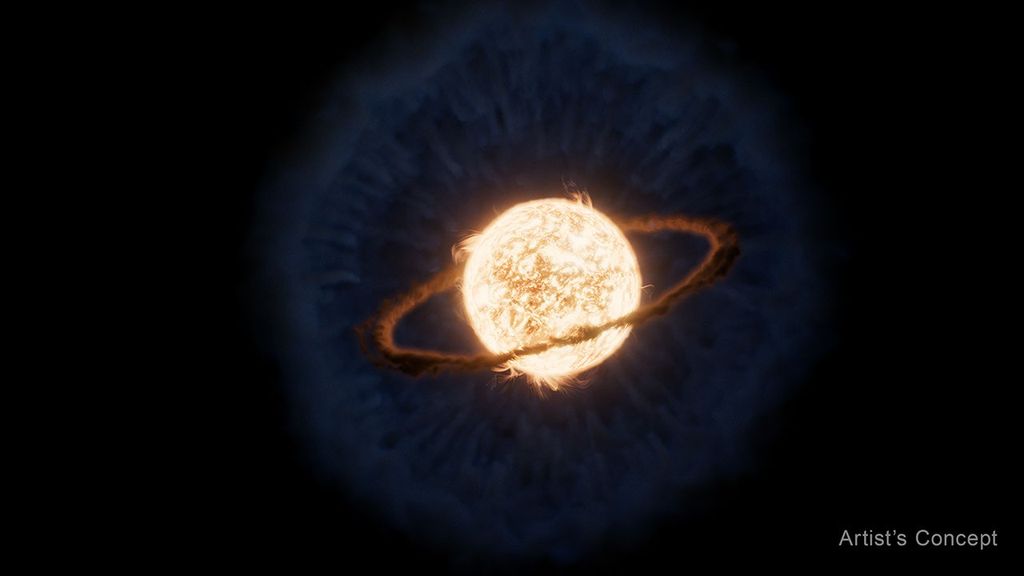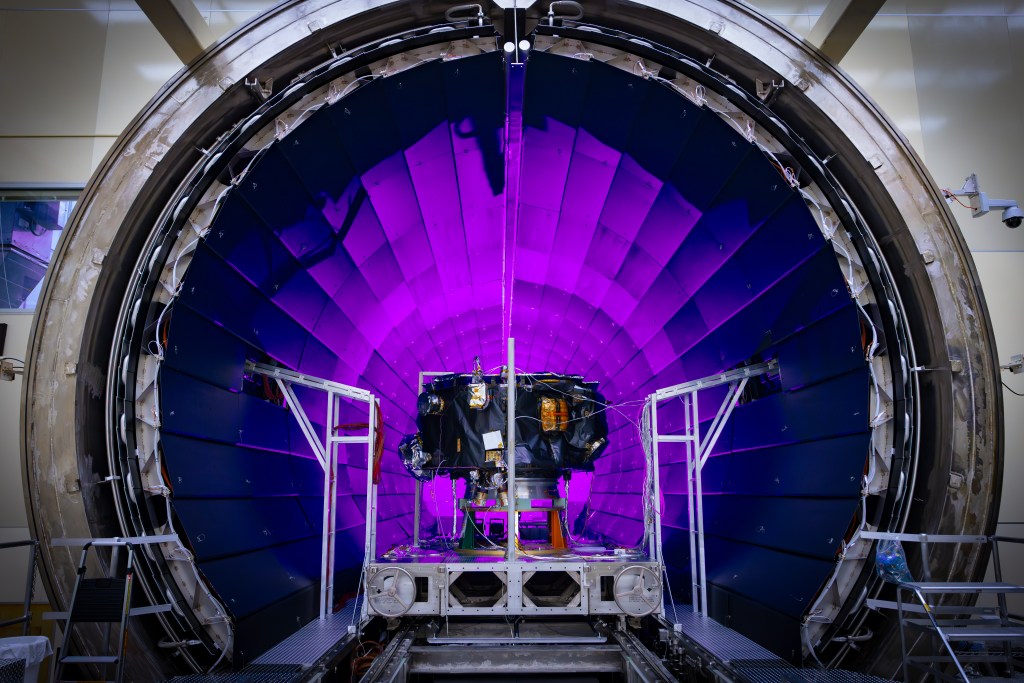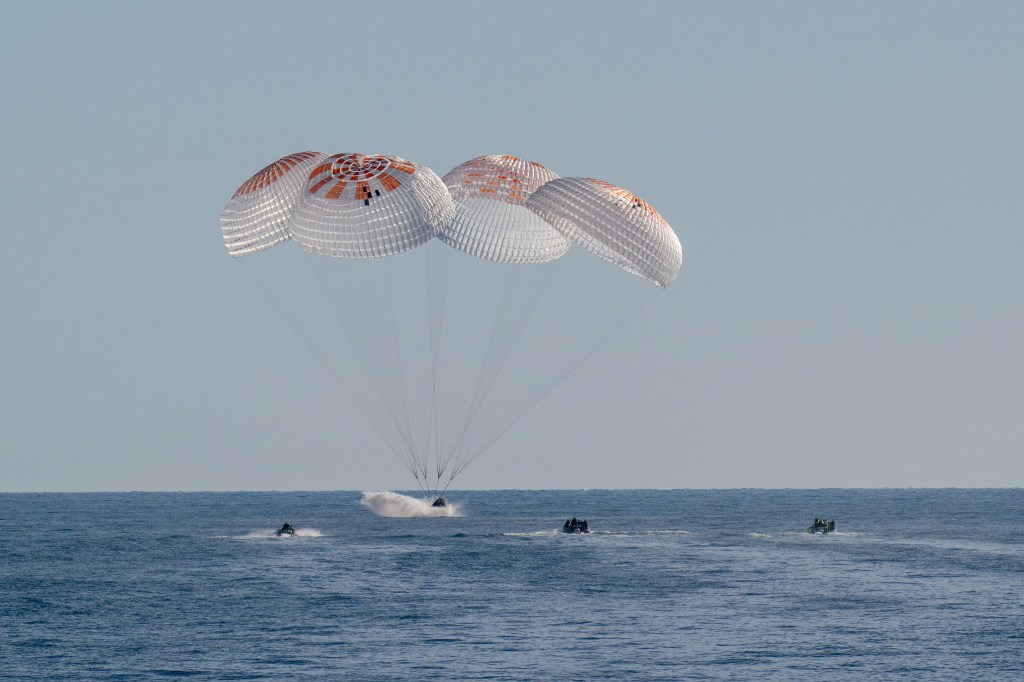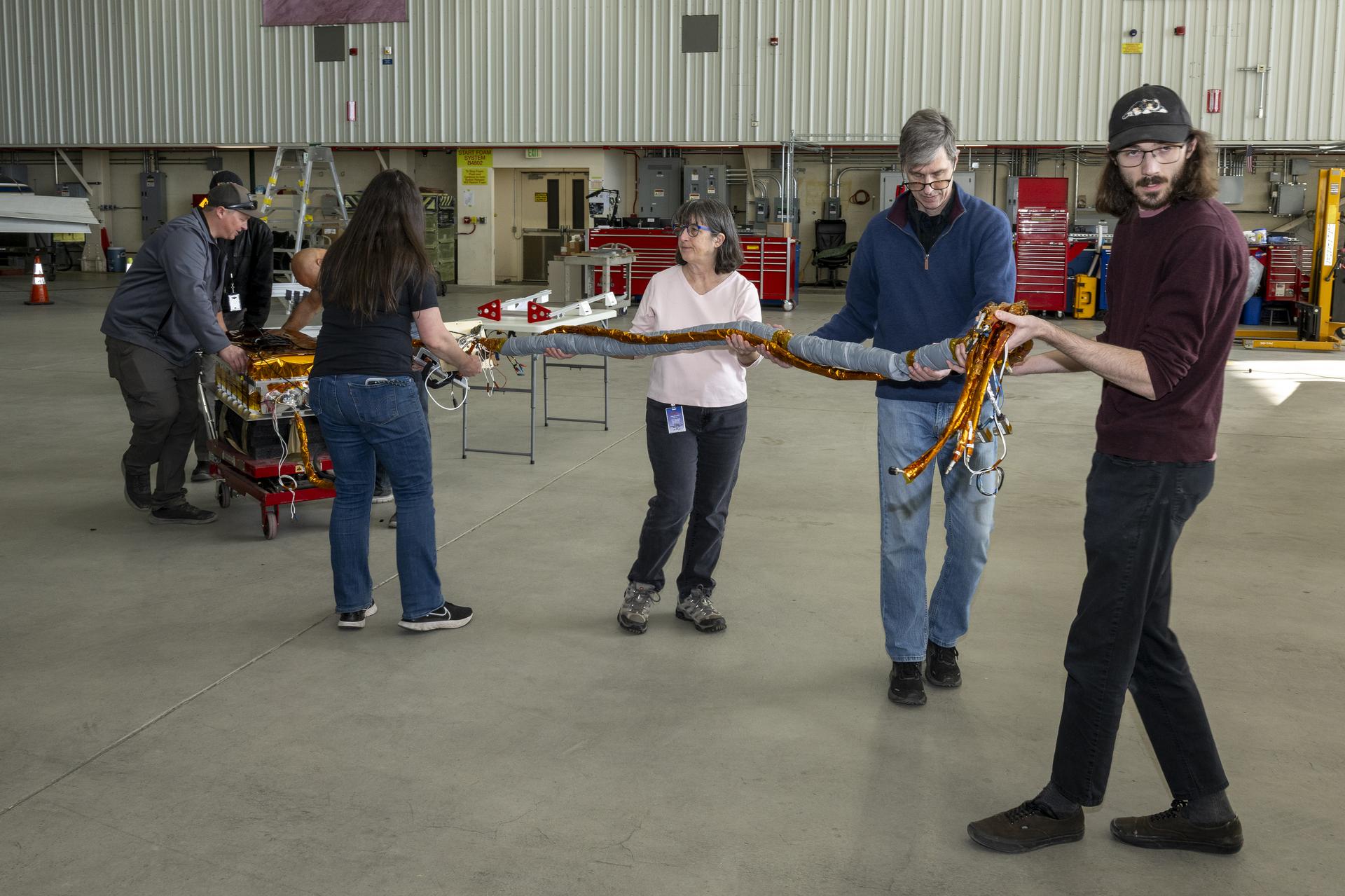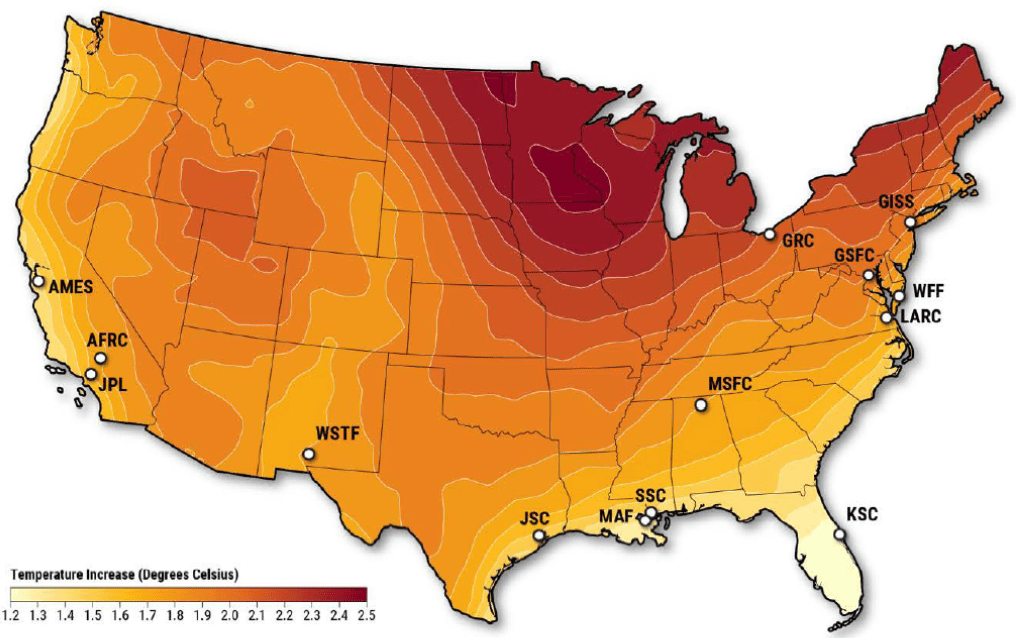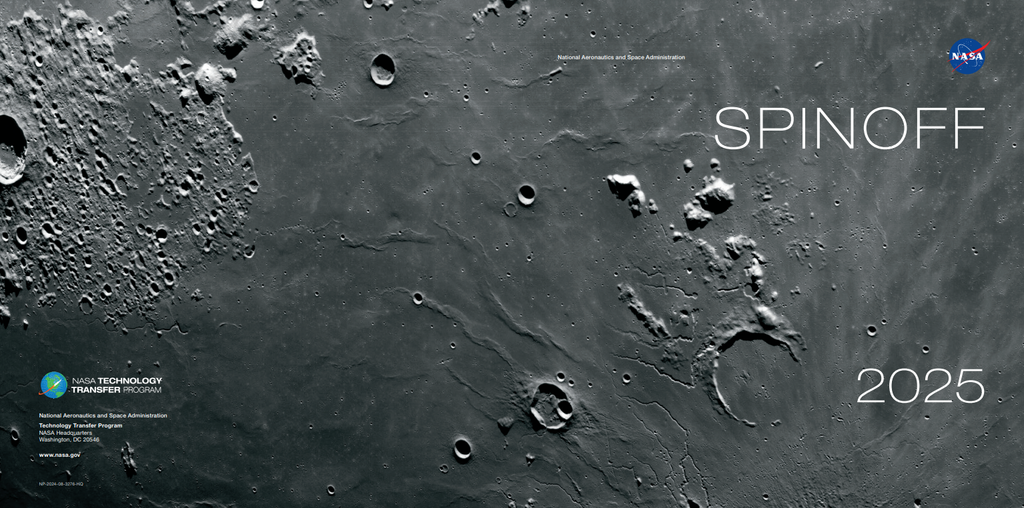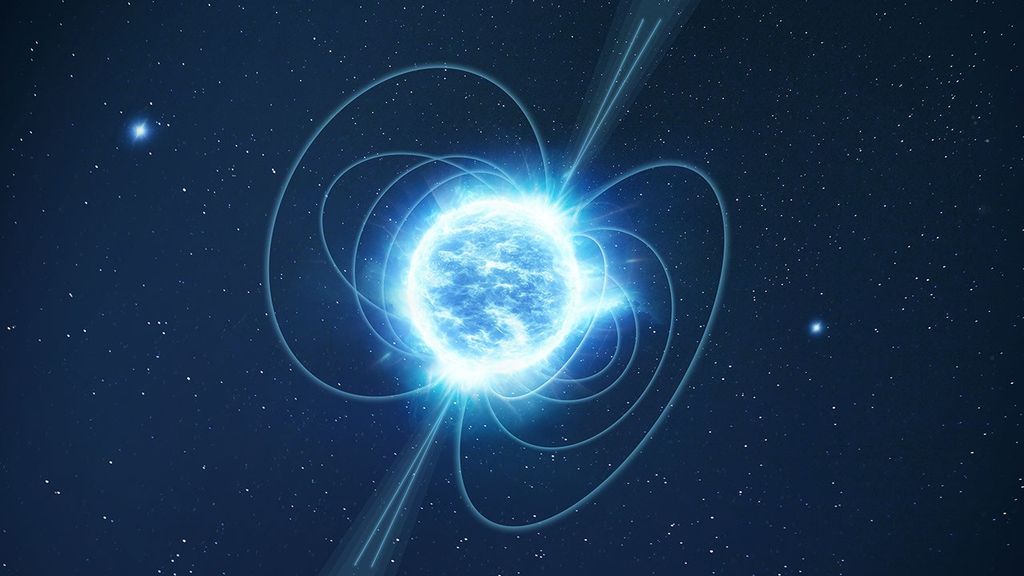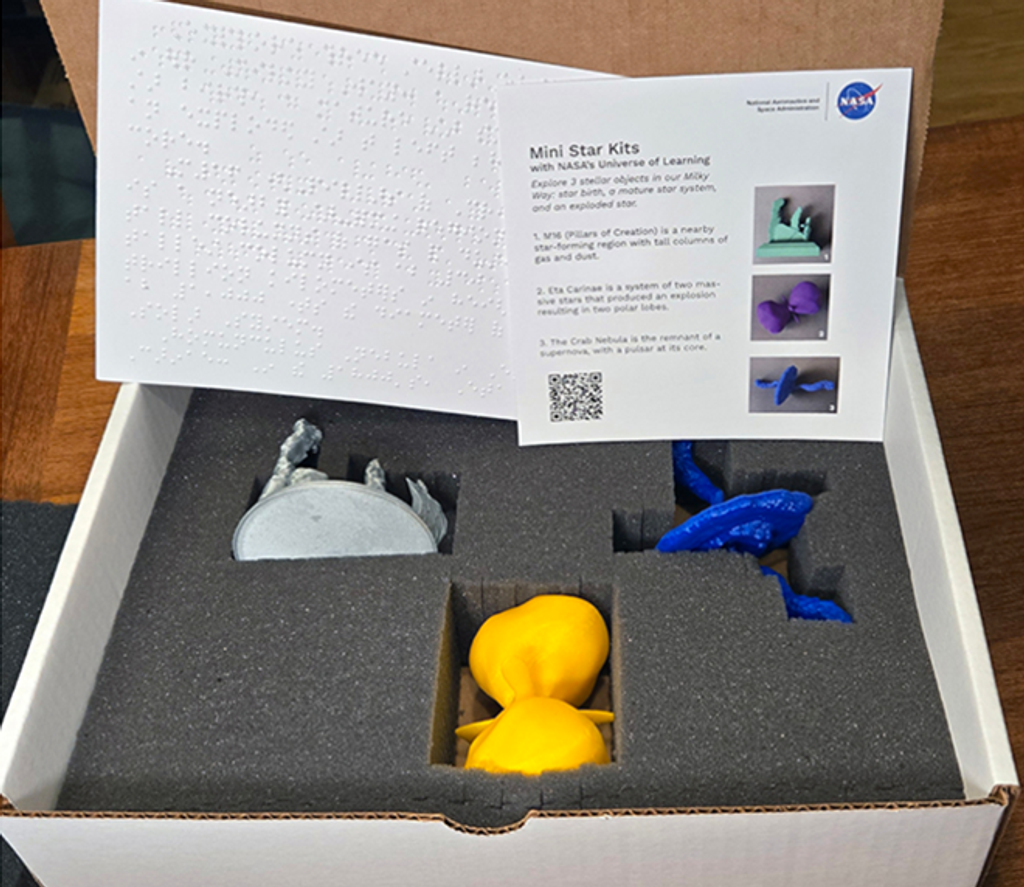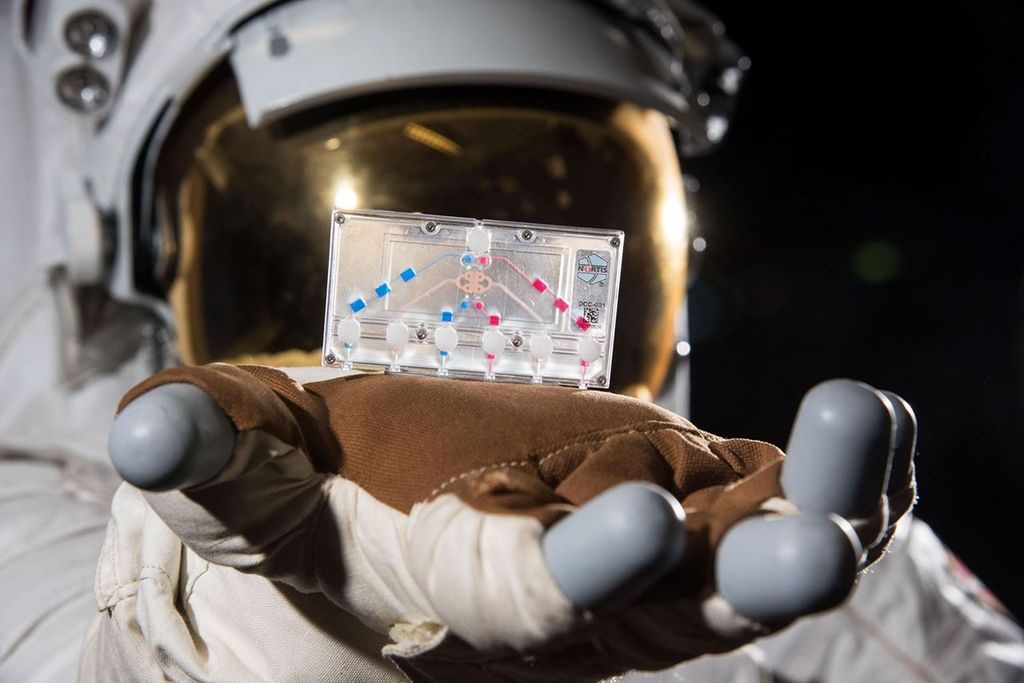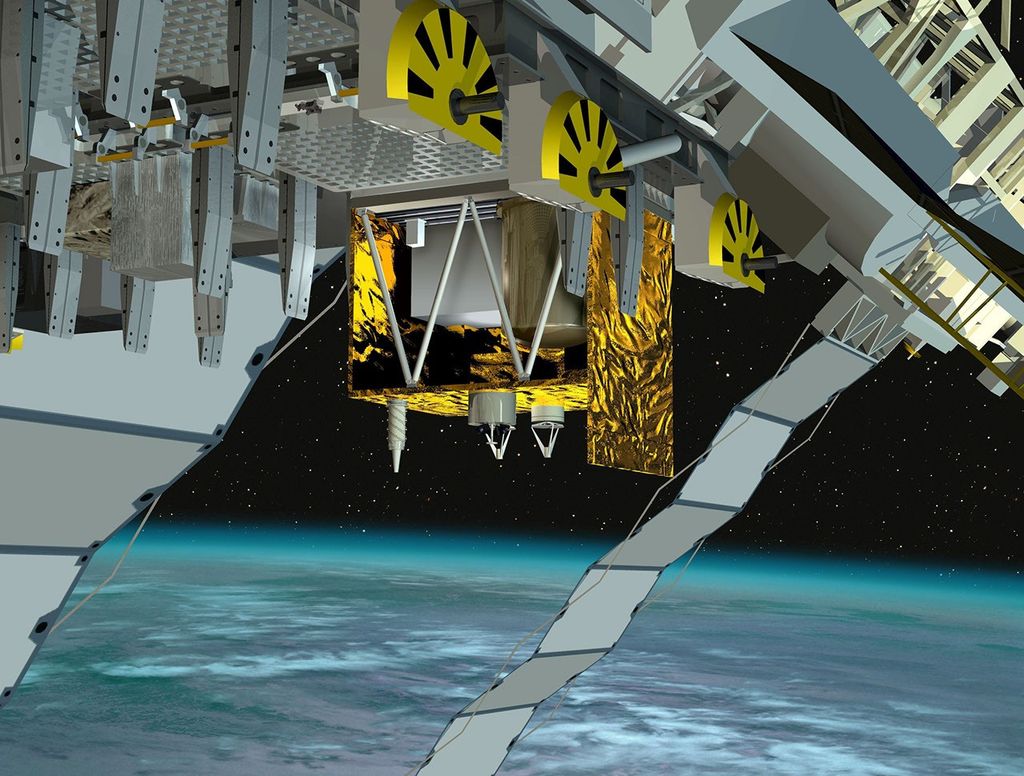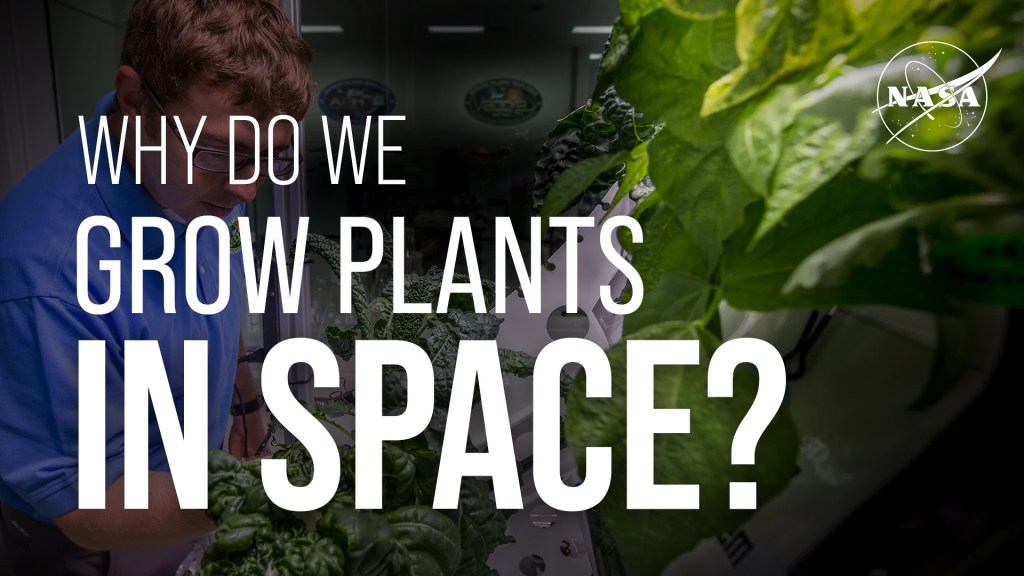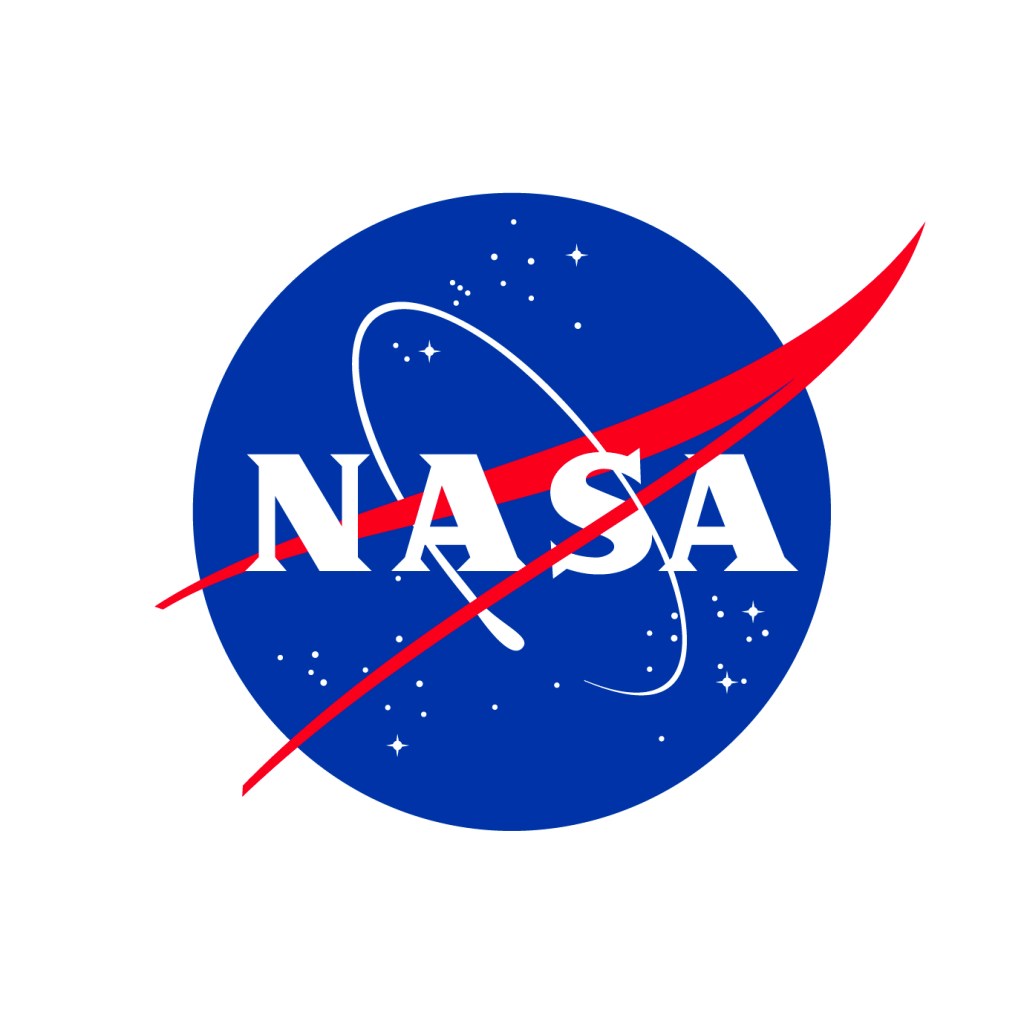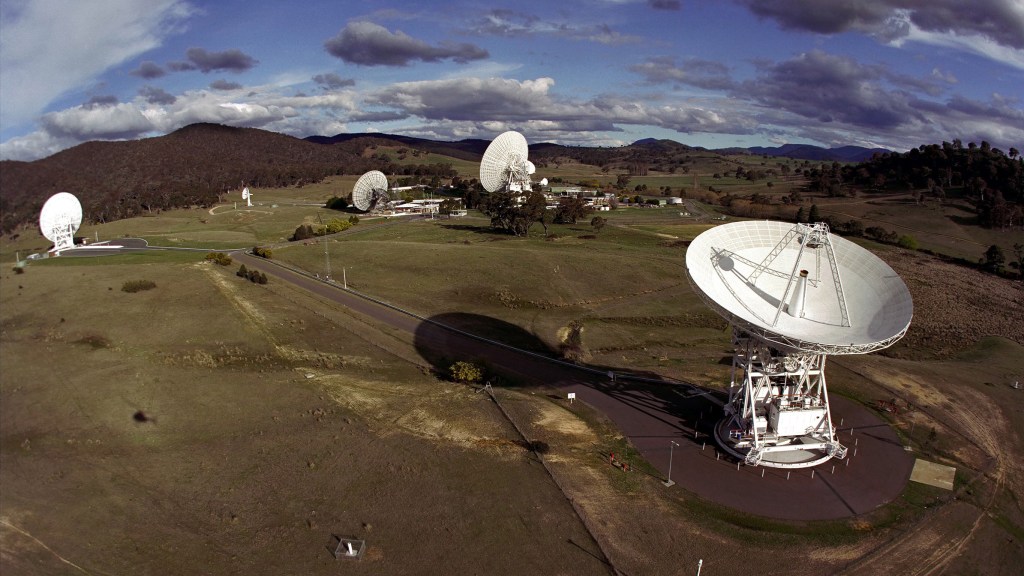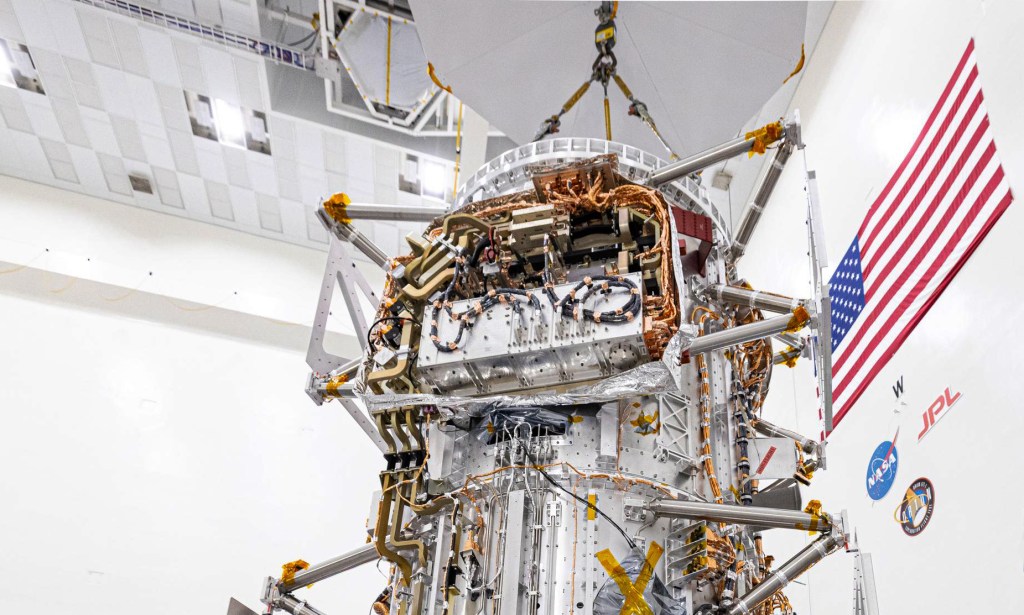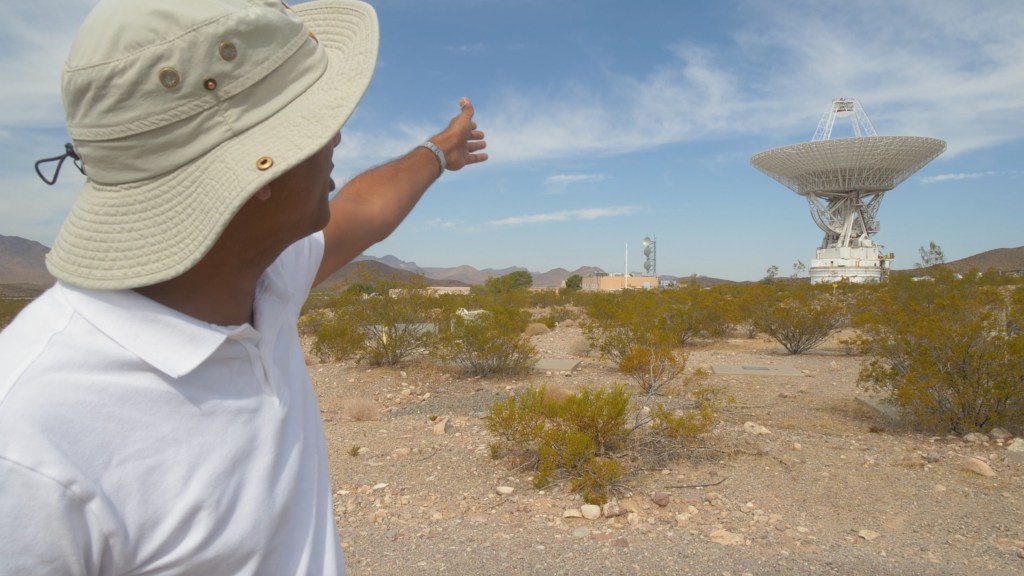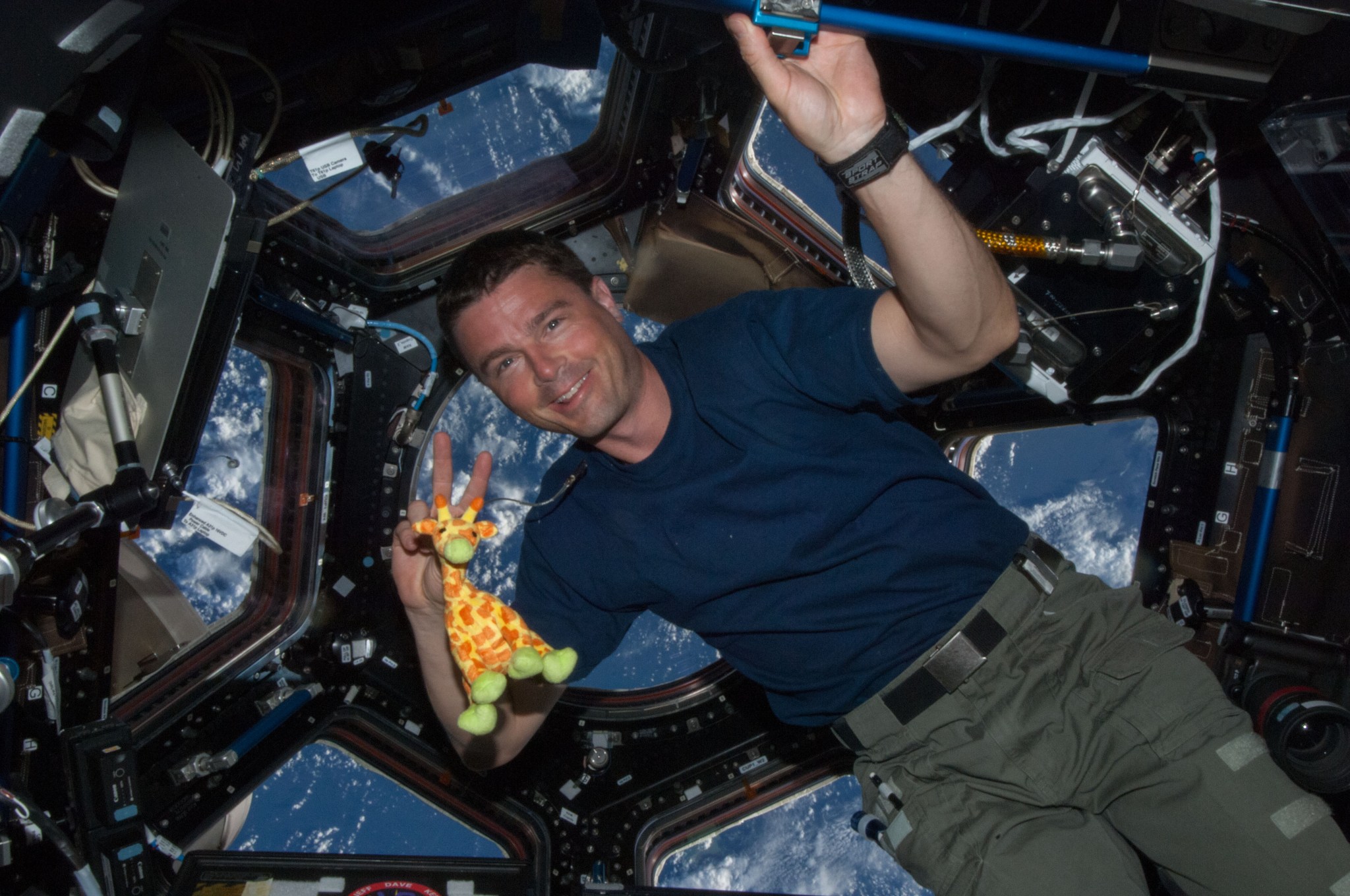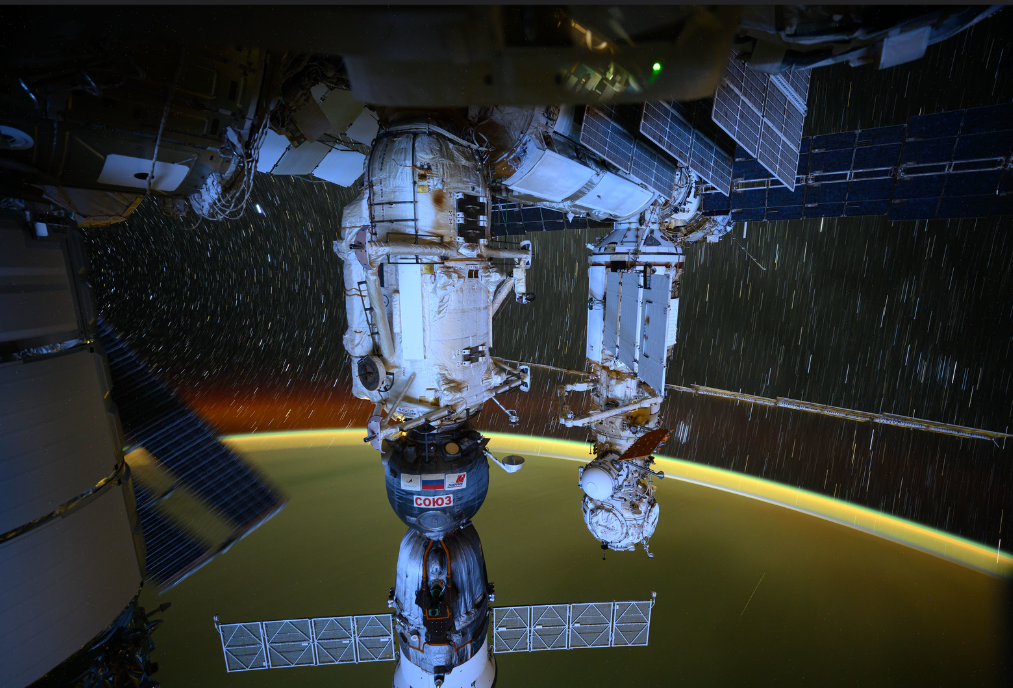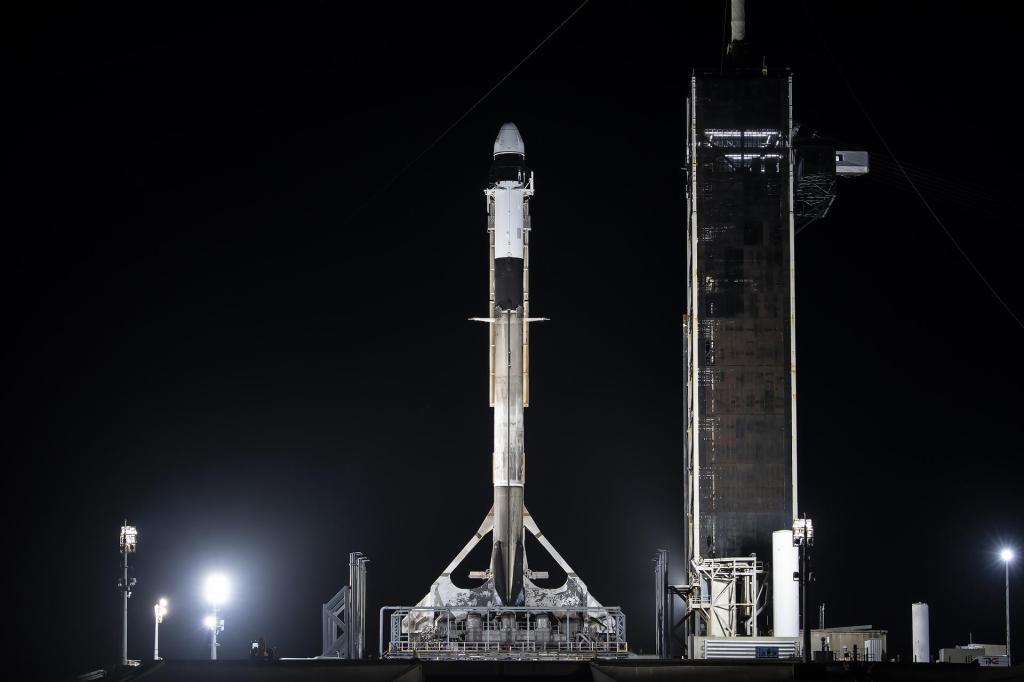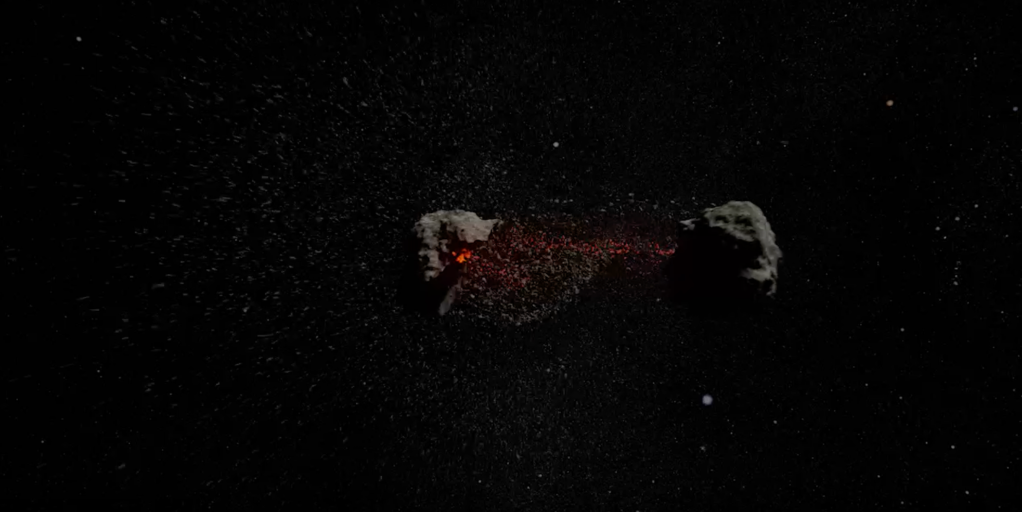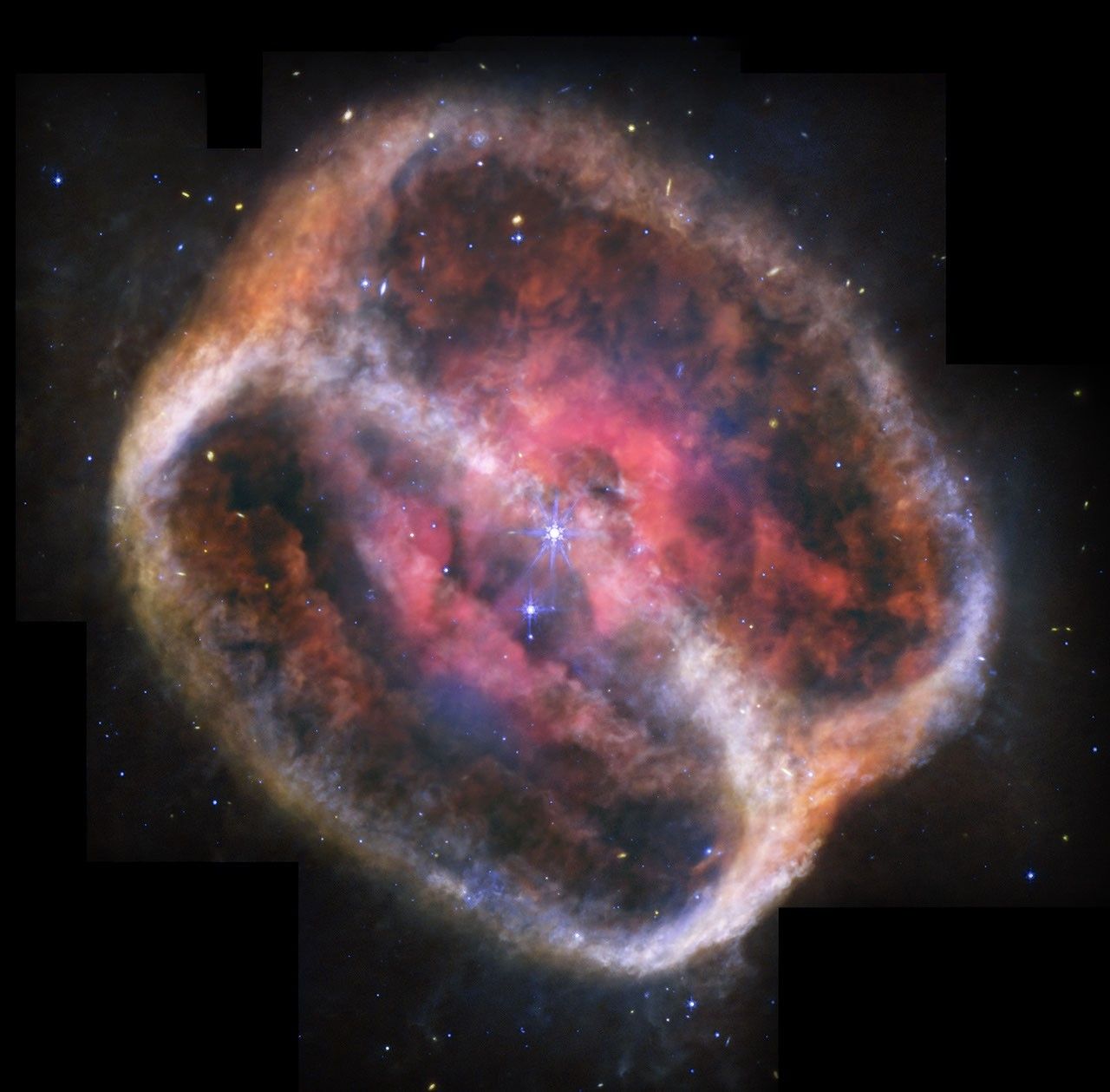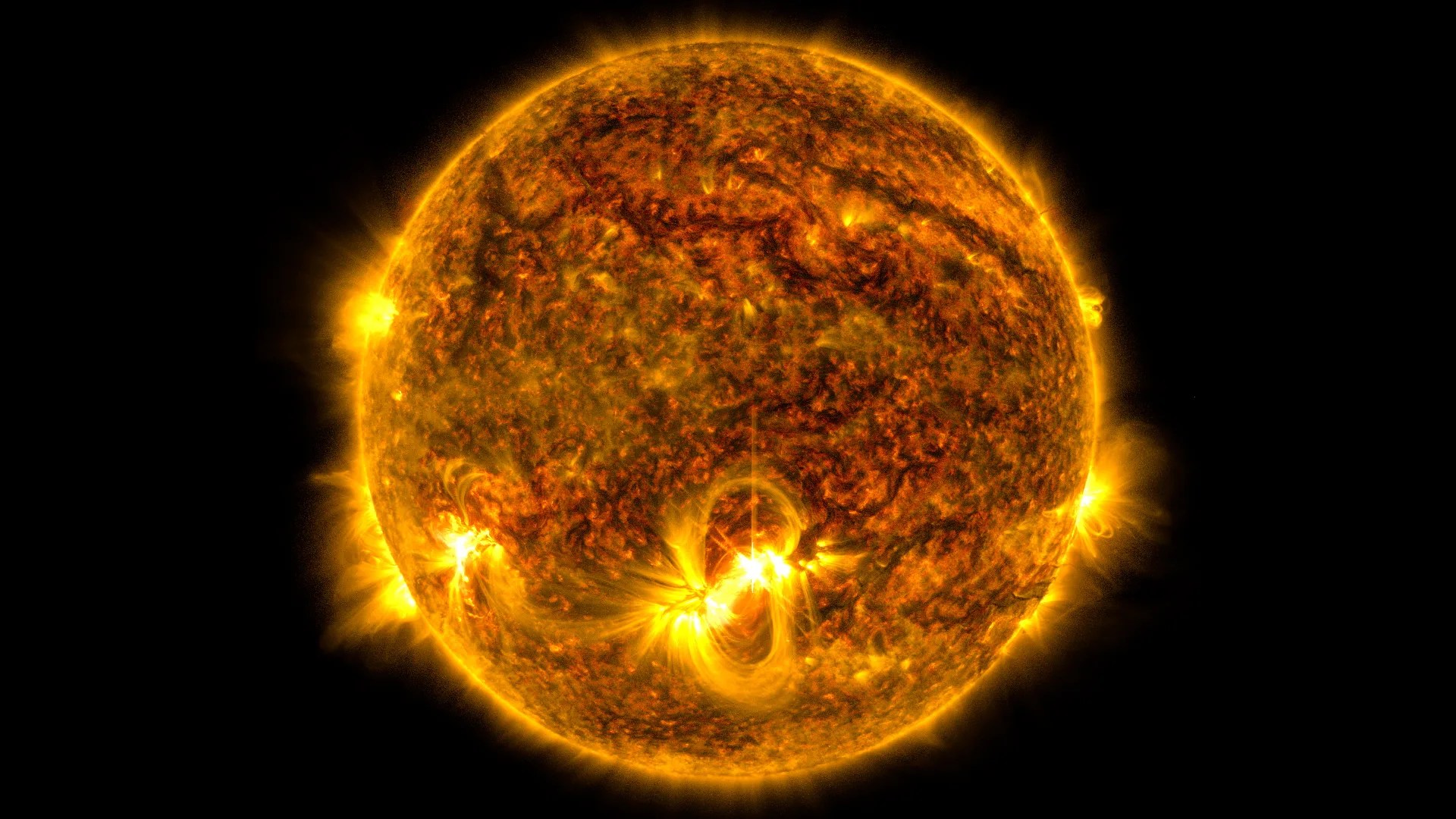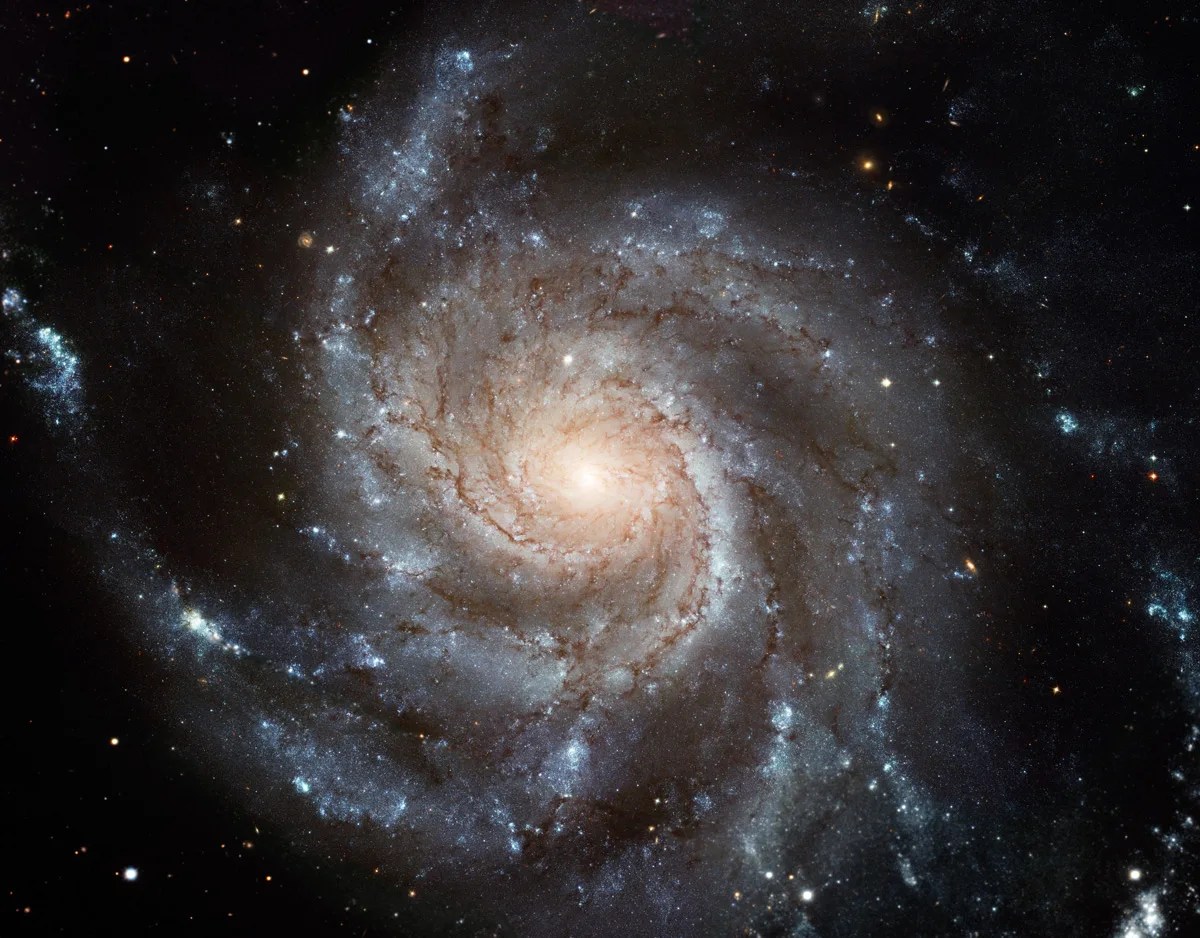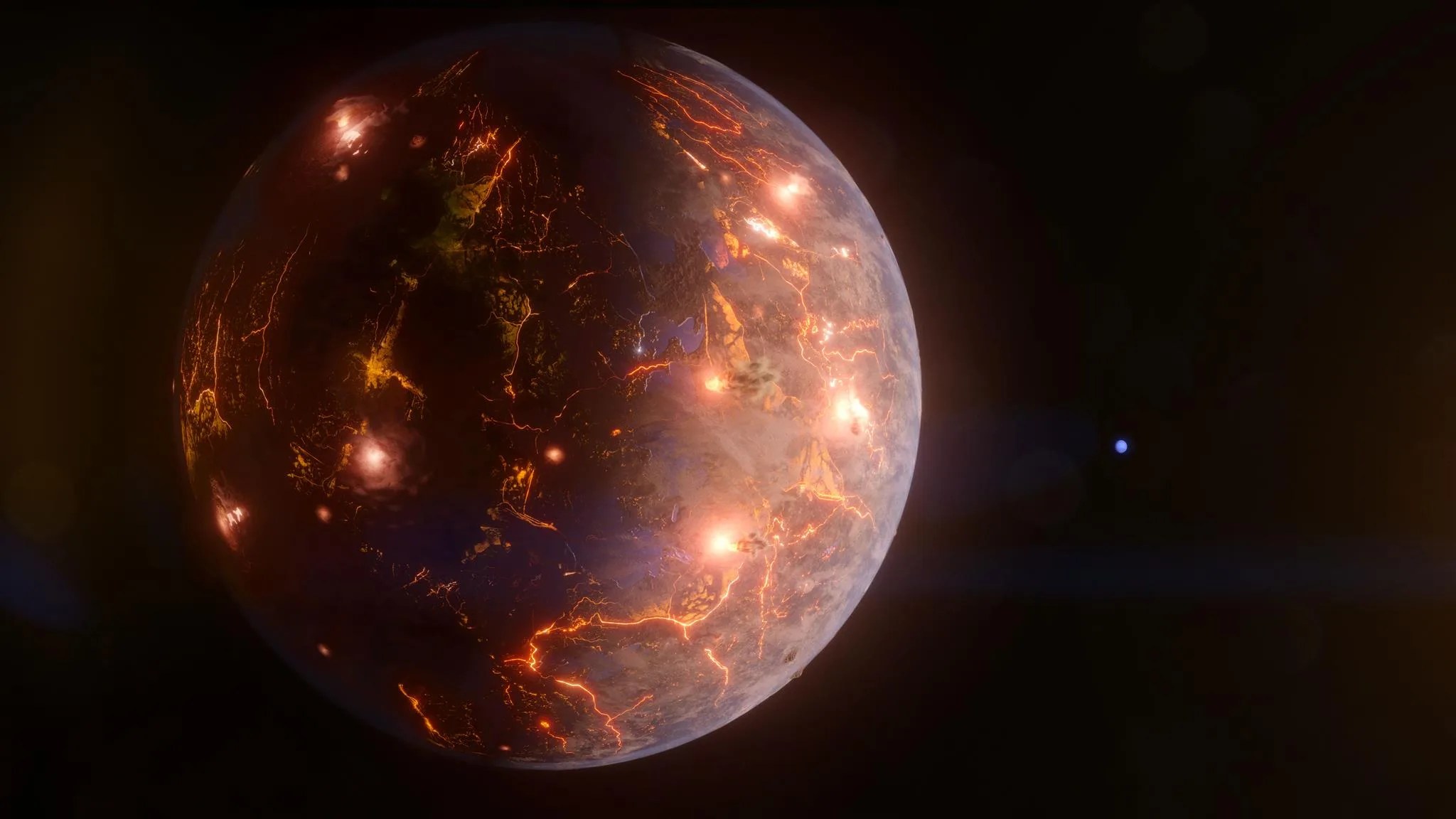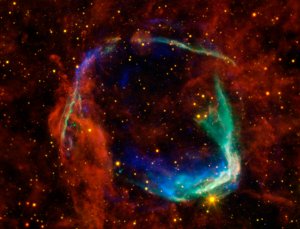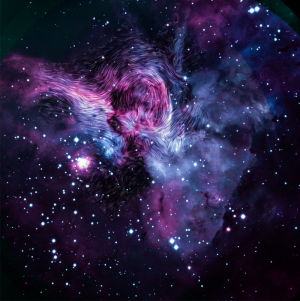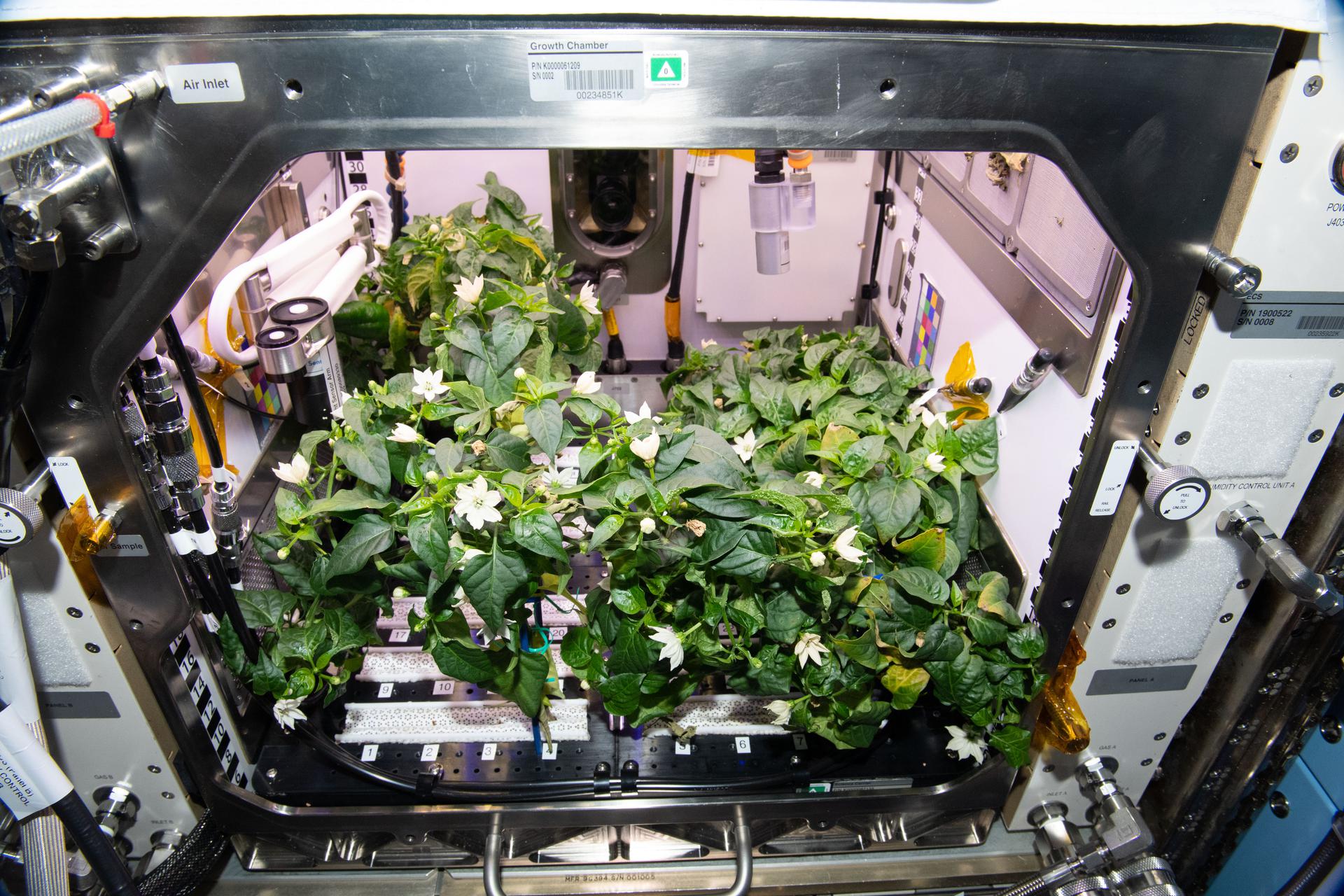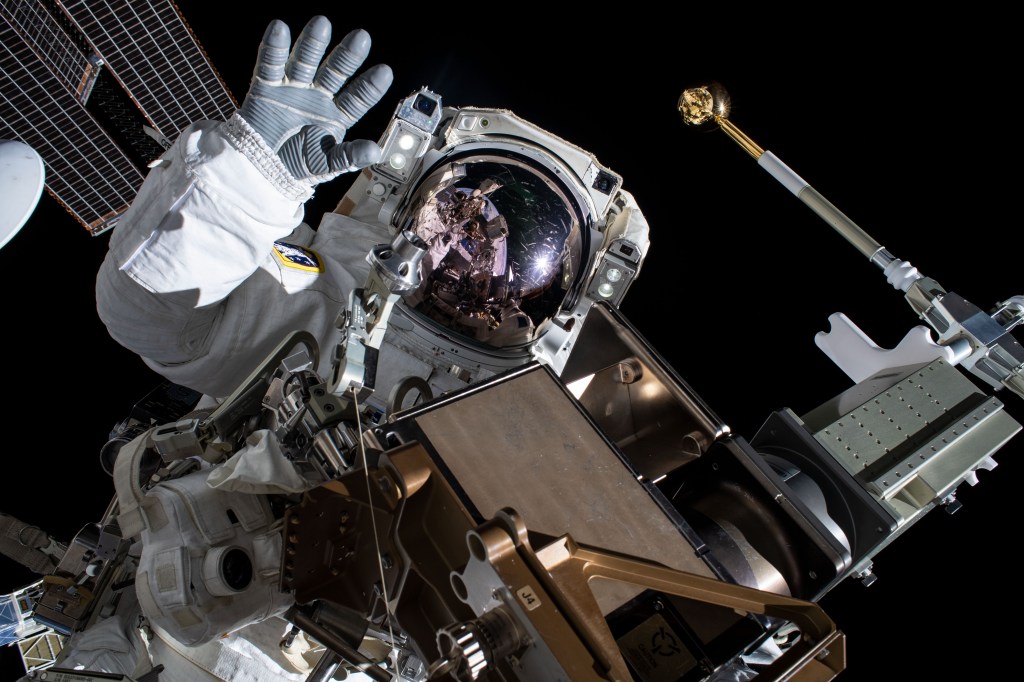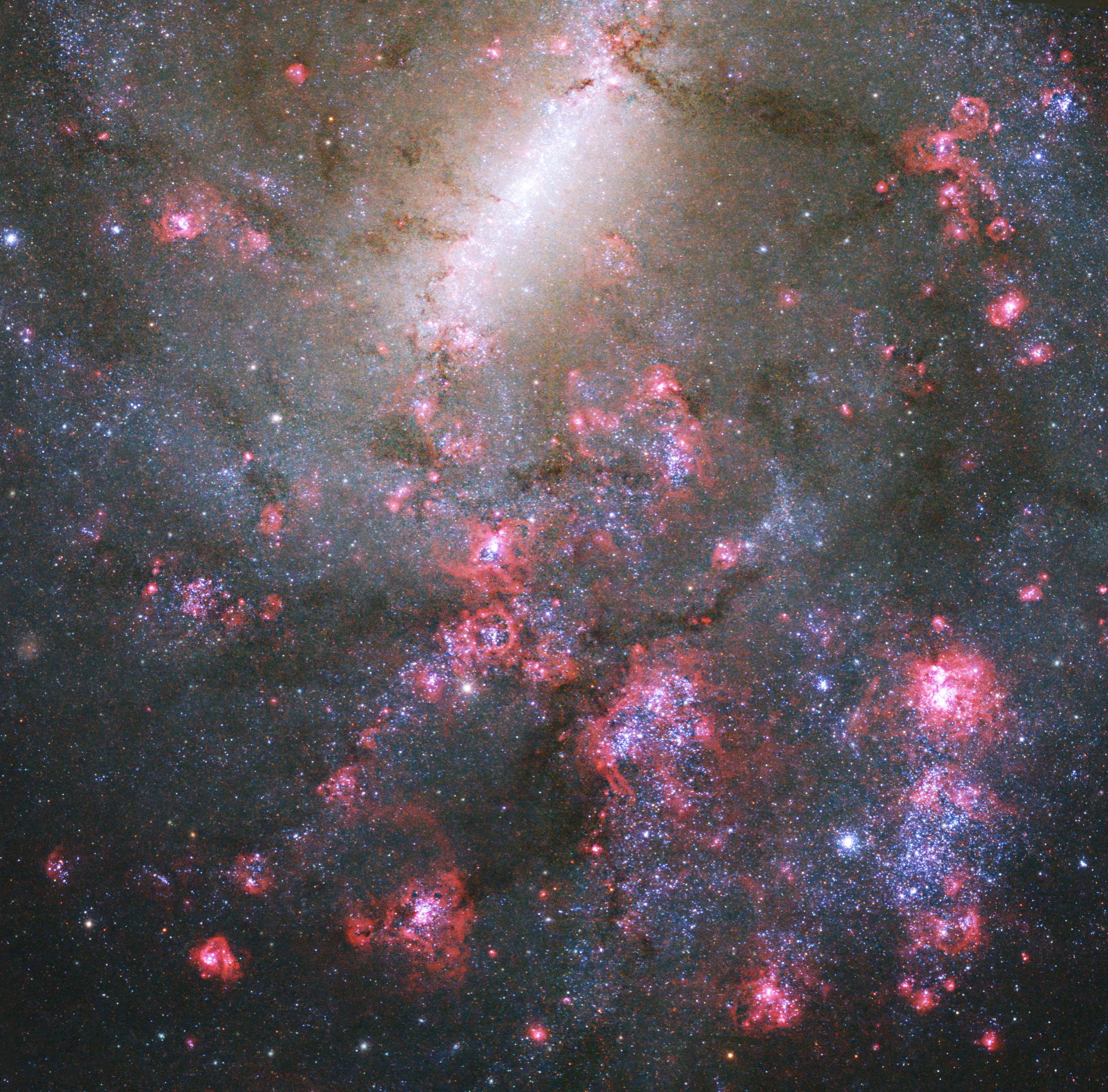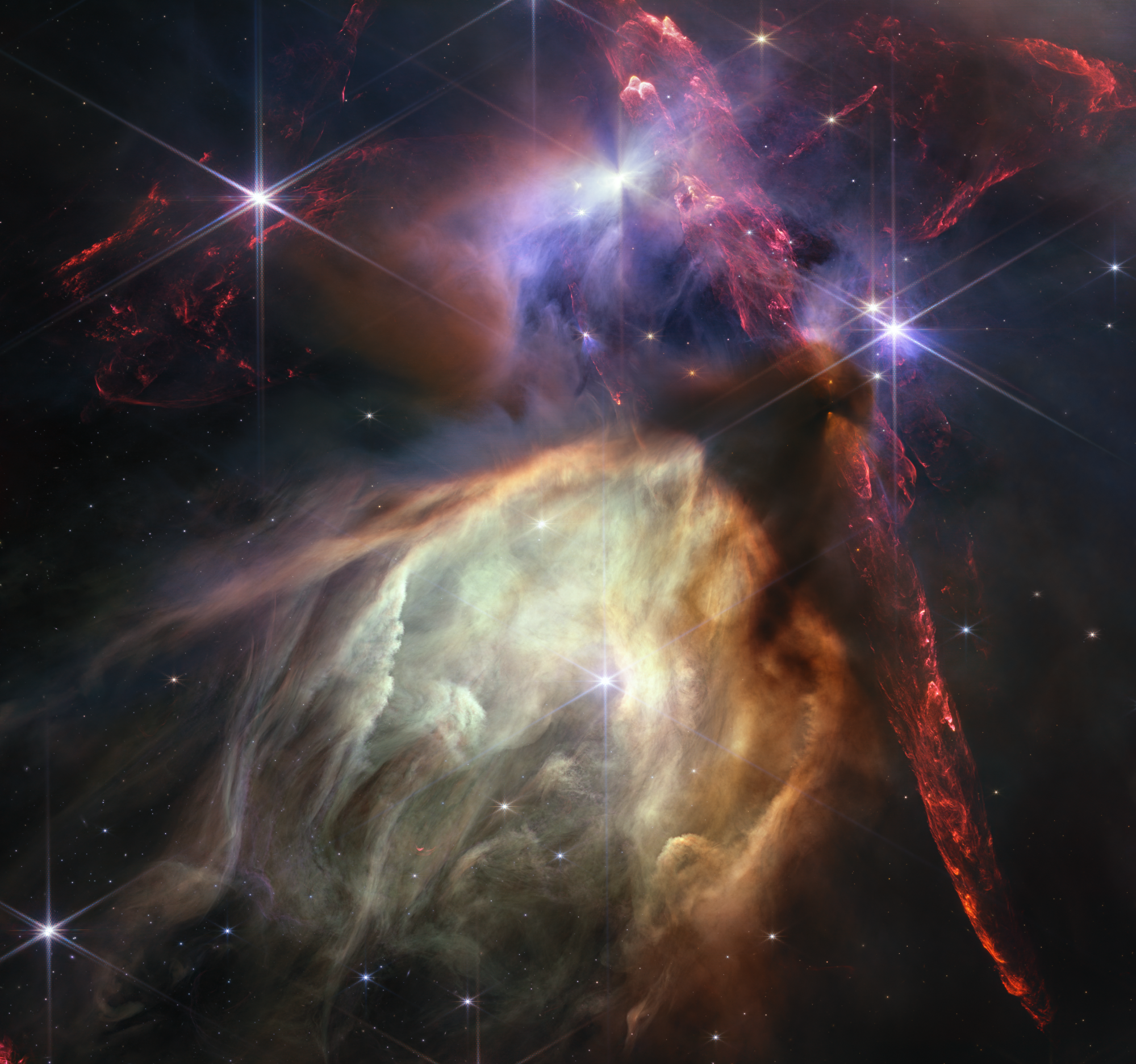Featured News
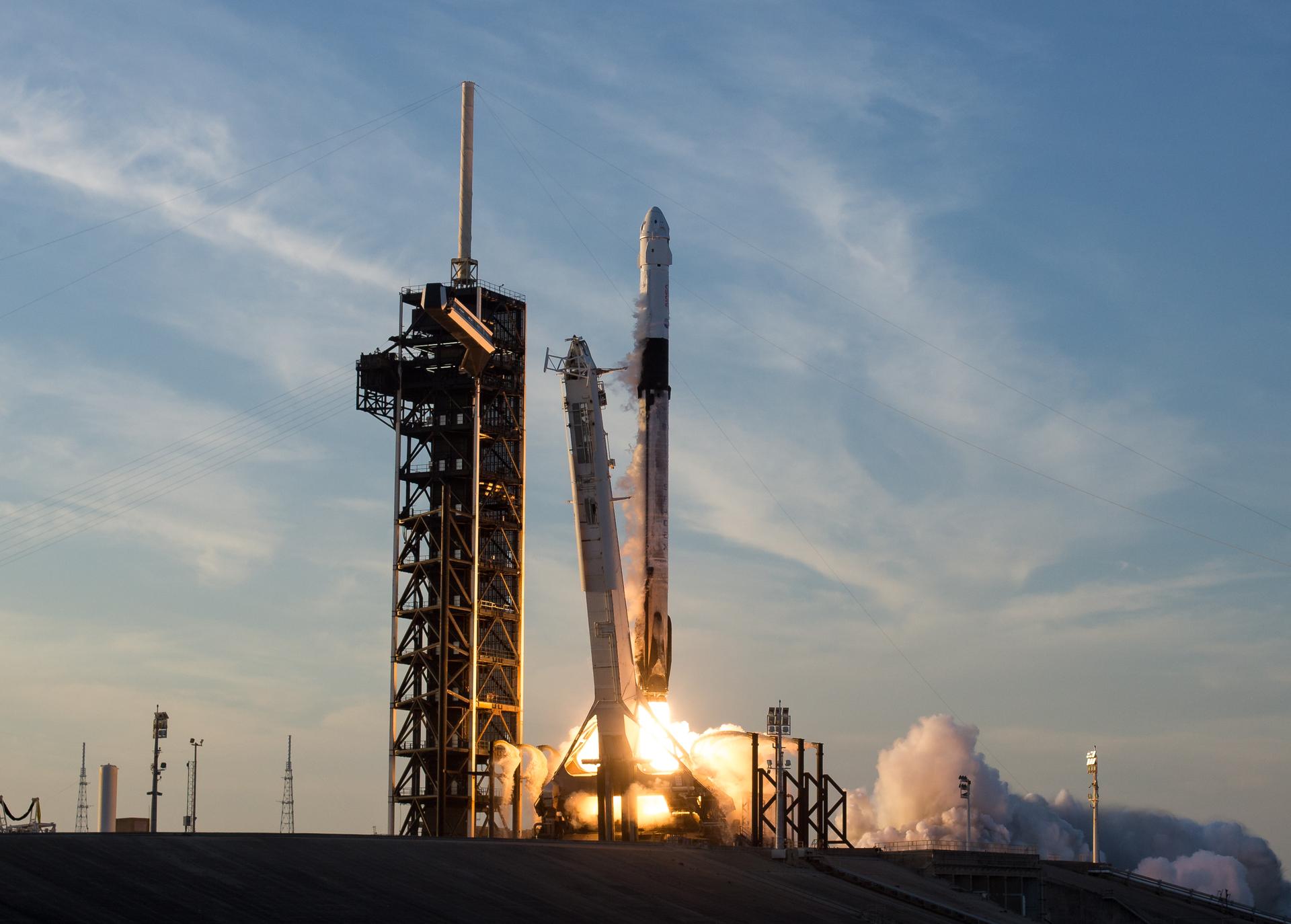
Experience the Launch of NASA’s SpaceX Crew-11 Mission
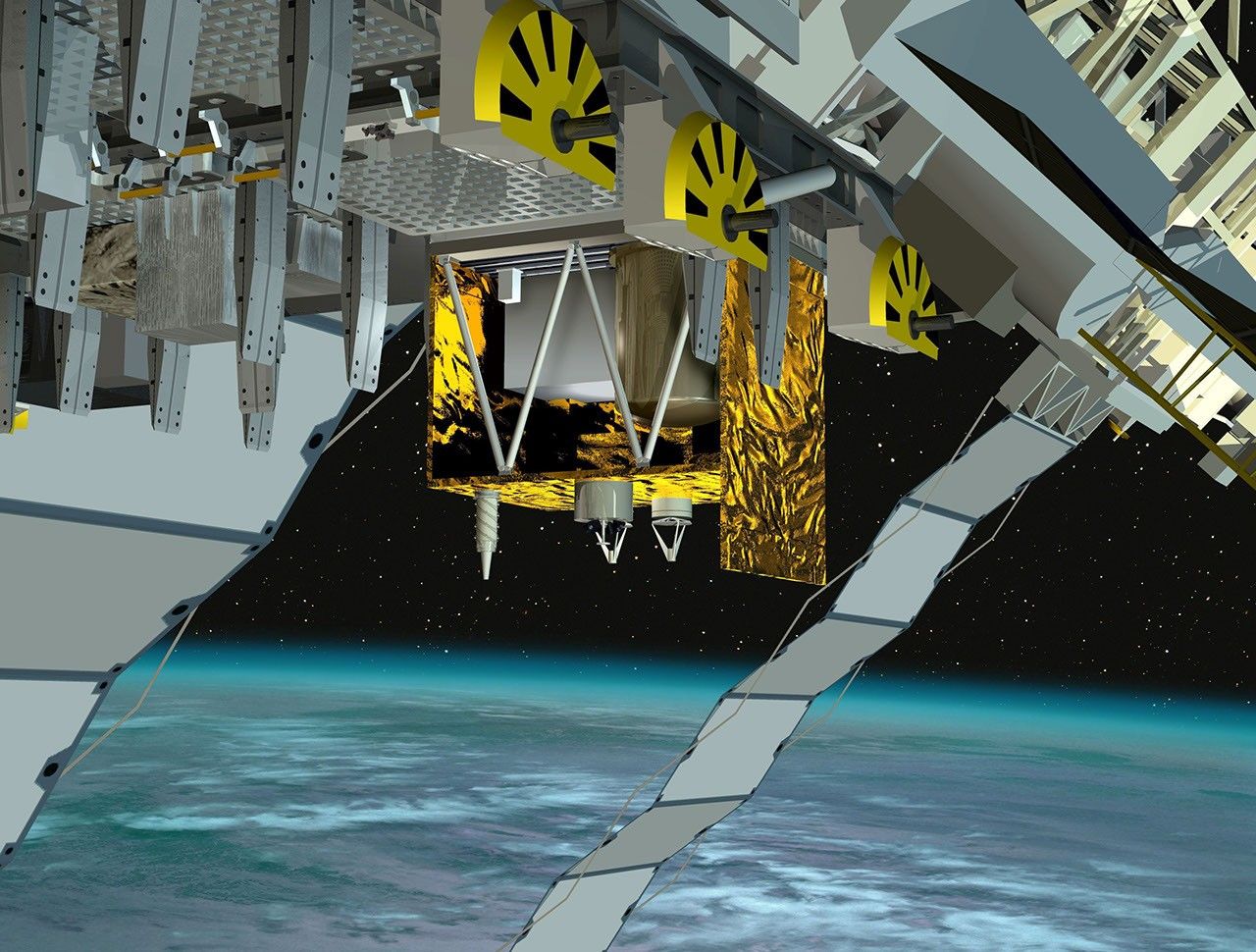
Atomic Clock and Plant DNA Research Launching Aboard NASA’s SpaceX CRS-32 Mission
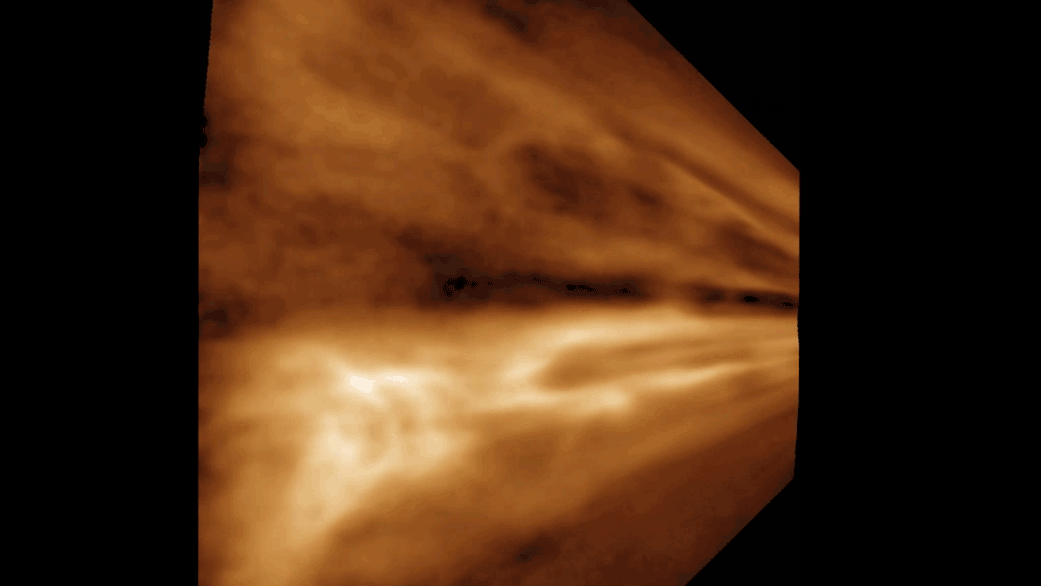
Can Solar Wind Make Water on Moon? NASA Experiment Shows Maybe

What’s Up: April 2025 Skywatching Tips from NASA
A Roaming Magnetar
Researchers using NASA’s Hubble Space Telescope have discovered the magnetar called SGR 0501+4516 is traversing our galaxy from an unknown place of origin. Researchers say that this runaway magnetar—a type of neutron star—is the likeliest candidate in our Milky Way galaxy for a magnetar that was not born in a supernova explosion as initially predicted.
Learn More about A Roaming Magnetar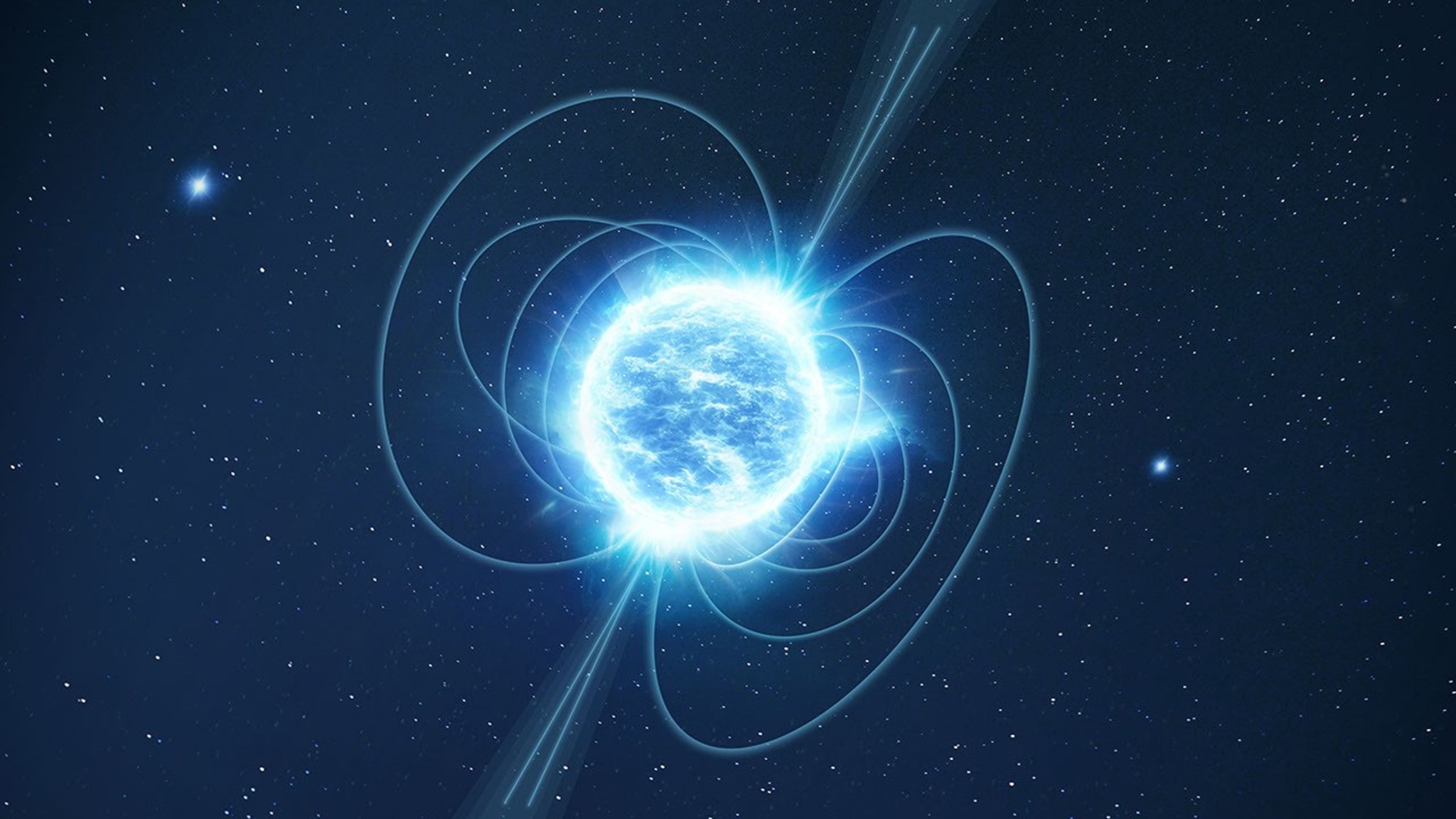
The Universe
Earth Information Center
For more than 50 years, NASA satellites have provided data on Earth's land, water, air, temperature, and climate. NASA's Earth Information Center allows visitors to see how our planet is changing in six key areas: sea level rise and coastal impacts, health and air quality, wildfires, greenhouse gases, sustainable energy, and agriculture.
Start Exploring about Earth Information Center
Today
Image Of The Day
Testing NASA’s IMAP (Interstellar Mapping and Acceleration Probe)
On March 18, 2025, NASA’s IMAP (Interstellar Mapping and Acceleration Probe) arrived at NASA’s Marshall Space Flight Center in Huntsville, Alabama, for thermal vacuum testing at the X-ray and Cryogenic Facility (XRCF), which simulates the harsh conditions of space.
More NASA Images
Citizen Science
Do NASA Science
Did you know that NASA Citizen Science volunteers can help unlock some of the universe’s biggest mysteries? Through the agency’s citizen science projects, volunteers work with NASA researchers to make meaningful scientific discoveries, search for life elsewhere, and protect and improve life on Earth and in space.
Find Your Project about Do NASA Science
Explore the Universe from your Inbox
Stay up-to-date on the latest news from NASA–from Earth to the Moon, the Solar System and beyond.
We will never share your email address.
